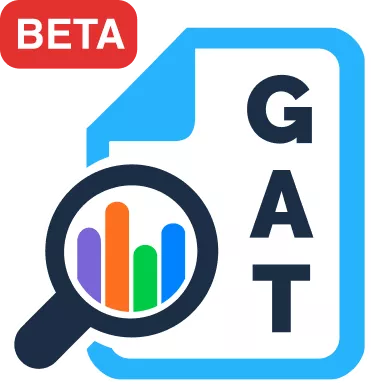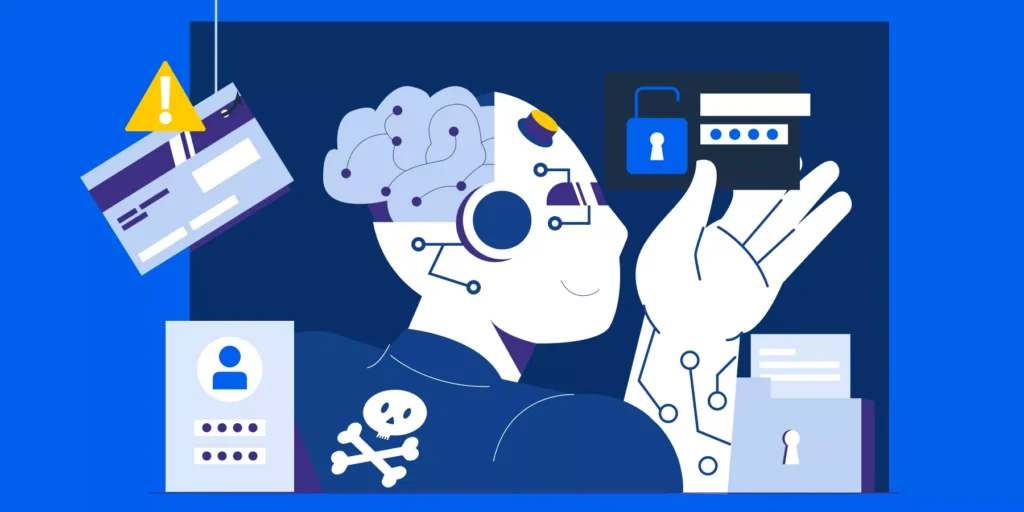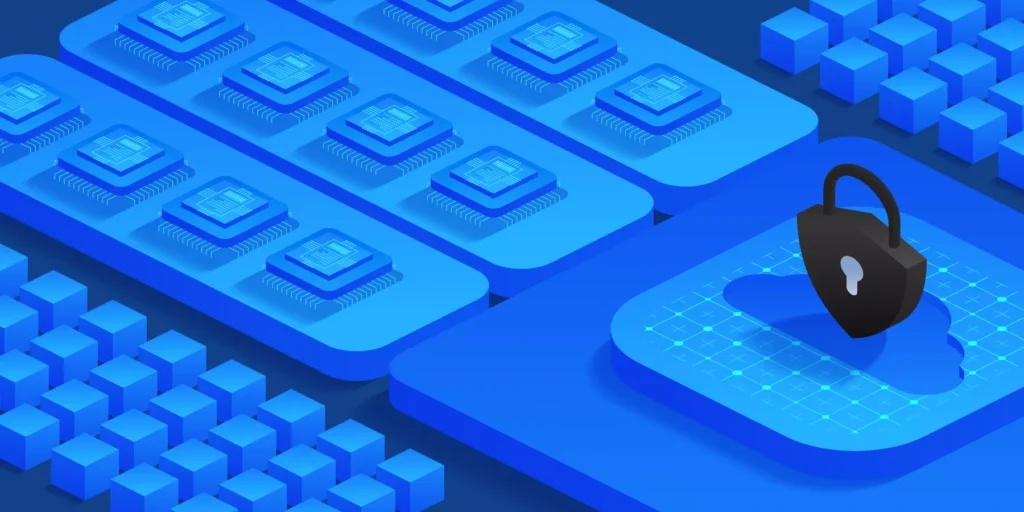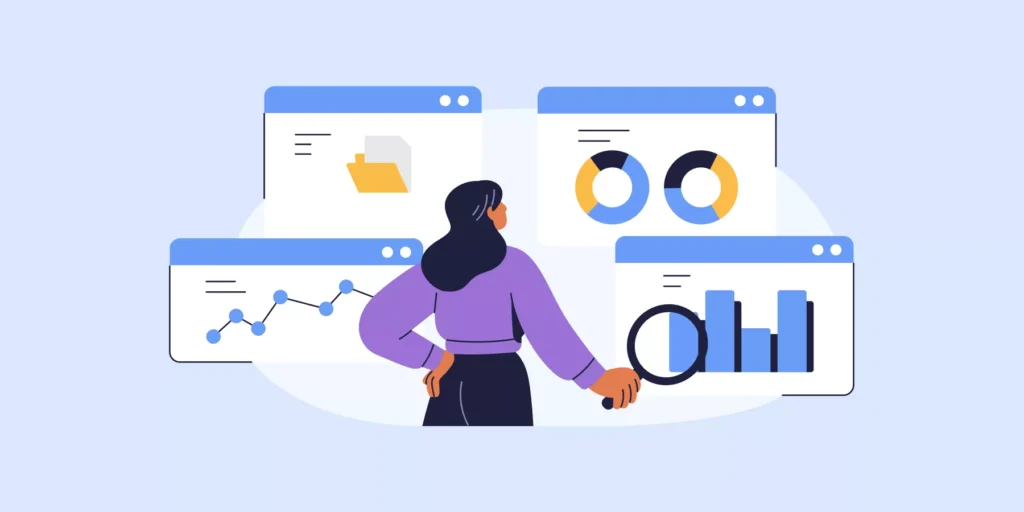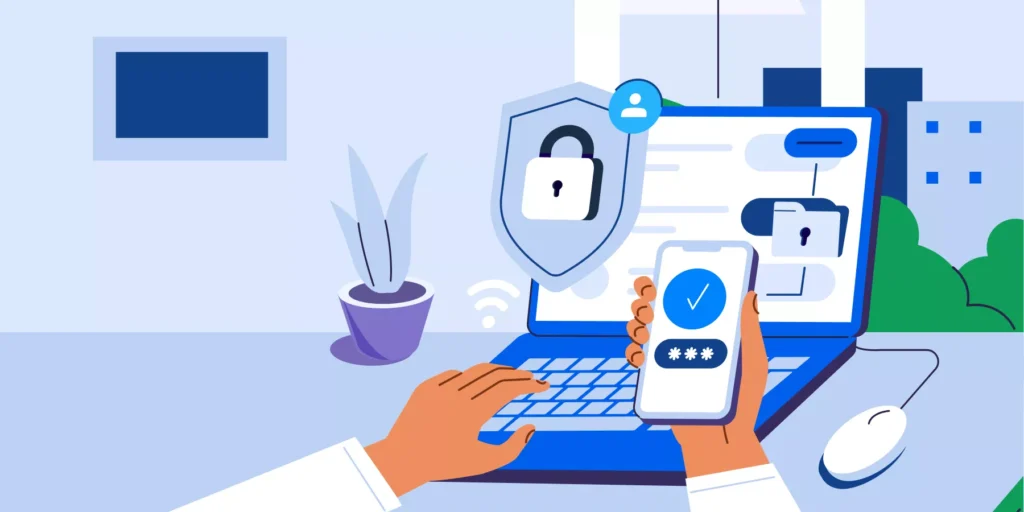There’s nothing worse than a breach that comes from within!
As the New Year’s bells chime in another unusual year, if there’s one thing we can tell it’s that our world will continue to be remote and even more digitized in 2022.
With that, our reliance on flexible data storage and remote collaboration solutions like the cloud isn’t going anywhere. This means the landscape of data security is bound to keep stretching and changing beyond recognition.
Here’s what the flow looks like:
Digitized Remote World ⮕ Amplified Cloud Computing ⮕Increased Data Availability ⮕ Higher Insider Cloud Security Threats ⮕ Greater Demand for Data Security.
That’s why businesses today need to stay FULLY alert to potential insider cloud security threats that may accidentally or maliciously breach and compromise their data.
IBM announced the results of a global study which found that data breaches IN 2021 cost surveyed companies $4.24 million per incident on average – the highest cost in the 17-year history of the report.
How important is it to monitor (and address) insider threats?
In 2018 alone, 60% of companies experienced insider attacks, and that was before the world went remote and started relying more than ever on cloud computing.
Now the real pain that accompanies insider threats is not only the severe damage they can cause but that they also pave the way for outsider attacks.
Outsider attackers that feed on any insider vulnerabilities in a company are even more vicious and destructive.
That’s why it’s a prerequisite to complement your cloud computing strategy with the right cloud security tool and stay well informed on insider threats you can internally control.
6 Insider Cloud Security Threats to Look Out for in 2022
We’ve also included the steps you should take to combat these insider threats.
1. 24/7 Access to Sensitive Data by ALL USERS
You might be thinking ”Isn’t that one of the best perks of working in the cloud?” — Well, that’s a two-fold weapon, my friends.
Let’s look at it that way, an insider attack usually comes from authorized users, which means they can copy and leak large amounts of data without anyone knowing the source of the incident.
Steps to take:
- Limit access to sensitive data only to users who truly need it (For example, an HR employee doesn’t need access to customer private’s data for data privacy reasons).
- Audit things like Drive file shares, and file access permissions and identify unusual sharing activities.
- Set the access time scope to sensitive files (Say a user is working on a particularly sensitive file, their permission to access such file should be limited to the time needed to complete their work. Afterwards such permission should be amended).
That way your employees can access your most valuable data whenever they need it, but only with your knowledge and without compromise.
Pro Tip for Google Workspace domains: Admins can monitor suspicious activity in their Google AdminPanel. They can also control and audit domain usage, and set sharing policies and alerts using third-party tools like GAT.
2. Poor Identity Access Management Operations (IAM)
Crackable passwords are hazardous, but are strong passwords alone enough? — Sadly, not in today’s remote world.
Strengthen your users’ Identity access management operations (IAM) using things like constant identity verification practices or Multifactor authentication methods.
This will dramatically boost your log-in security beyond just email and password.
Steps to take:
- Enforce Two-Factor Authentication (2FA) at least for users who deal with sensitive data or are most likely to be targeted by cyberattacks. There are several types of 2FA methods in use today; some are stronger or more complex than others. Choose the one that better fits your business needs.
- Level up with Three Factor Authentications (3FAs) Constant Zero Trust identity verification tools like GAT’s Active ID are the latest innovation in cloud security, taking the verification process literally to your employees’ fingertips.
- Monitor user logins from unexpected areas to spot compromised user accounts or suspicious activity on time.
3. Poor Employee Offboarding Processes and Angry Leavers
So what’s your employee offboarding process like? Is it secure enough or it can be better?
This is one of the most common insider cloud security threats of all. Know when insiders become outsiders and act accordingly.
Not all employees exit their companies drama-free. On the off chance that an angry employee leaves your company, it’s possible that they might take more than just memories with them when they leave.
Sometimes leavers might not even have any malicious intent when they exit your company, however, your valuable data may still be of great use to them in their new roles (Checkout this insider case for instance).
Steps to take:
- Follow a structured employee offboarding workflow that ensures leavers can no longer access valuable company data as soon as their last day at the company ends.
Checkout our blog post: Safely Offboard Google Workspace Users Leaving your Company (in 5 Steps)
4. Untrained Employees and Human Error
‘Human error was a major contributing cause in 95% of all breaches.’ — IBM Cyber Security Intelligence Index Report.
We teach our children not to take candy from strangers, but when it comes to educating our employees on data security sometimes we fall short.
Unfortunately, the possibility of an accidental data leakage or data loss incident to occur by untrained employees poses the highest risk of all.
No matter how much you invest in a superior cloud technology and security tools, if your employees aren’t fully aware of the correct data security practices for your business, major data breaches and privacy violations can still happen.
That can occur in seemingly harmless ways, like the simple installation of a USB drive.
Steps to take:
- Employees need to be regularly trained on the best data security practices for your business, including GDPR training and Cybersecurity Awareness sessions.
5. Accidental Sensitive Data Exposure
Not all insider data breaches happen out of malicious intent.
An employee can accidentally share a sensitive piece of data with an unauthorized party in a shared email thread or file, or even type in things like company credit card details, SSNs and more in an unsafe environment.
The best solution to mitigate the possibility of crisis, in that case, is by setting up real-time alerts. They enable you to take immediate action.
Steps to take:
- Use Real-time alerting tools like GAT Shield to cover every threat aspect and take an instant action to avert accidental data exposures.
- Review external file sharing and revoke sharing violations.
6. Employee Bribery
Your databases and intellectual property are incredibly valuable and threat actors would do anything to exploit them, including bribing your employees.
Of course, bribery isn’t the most accessible way to breach your cloud data, but it’s a serious insider threat that you should be wary of.
Steps to take:
- Enforce a healthy anti-bribery culture at your company by incorporating interactive anti-bribery trainings and workshops.
Key Takeaways:
Insider threats are real. While their repercussions can be catastrophic, the good thing is that you can internally control them within the walls of your business once you’ve identified them by:
- Having a secure employee off-boarding process in place for leavers.
- Ensuring that sensitive data isn’t accessible by anyone other than users who really need it.
- Setting access time scoops for sensitive data.
- Reviewing file-sharing activity and revoking file-sharing violations.
- Increasing employee security awareness and ensuing a healthy anti-bribery culture.
- Securing your identity access management operations with MFA tools.
Better insider cloud security threat protection for Google Workspace and Chrome environments with GAT Labs
GAT Labs offers the ultimate security tools to identify and address insider threats in Google Workspace and Chrome environments.
Get in touch with our team today to learn more about how GAT can help your business here.
Insights That Matter. In Your Inbox.
Join our newsletter for practical tips on managing, securing, and getting the most out of Google Workspace, designed with Admins and IT teams in mind.

